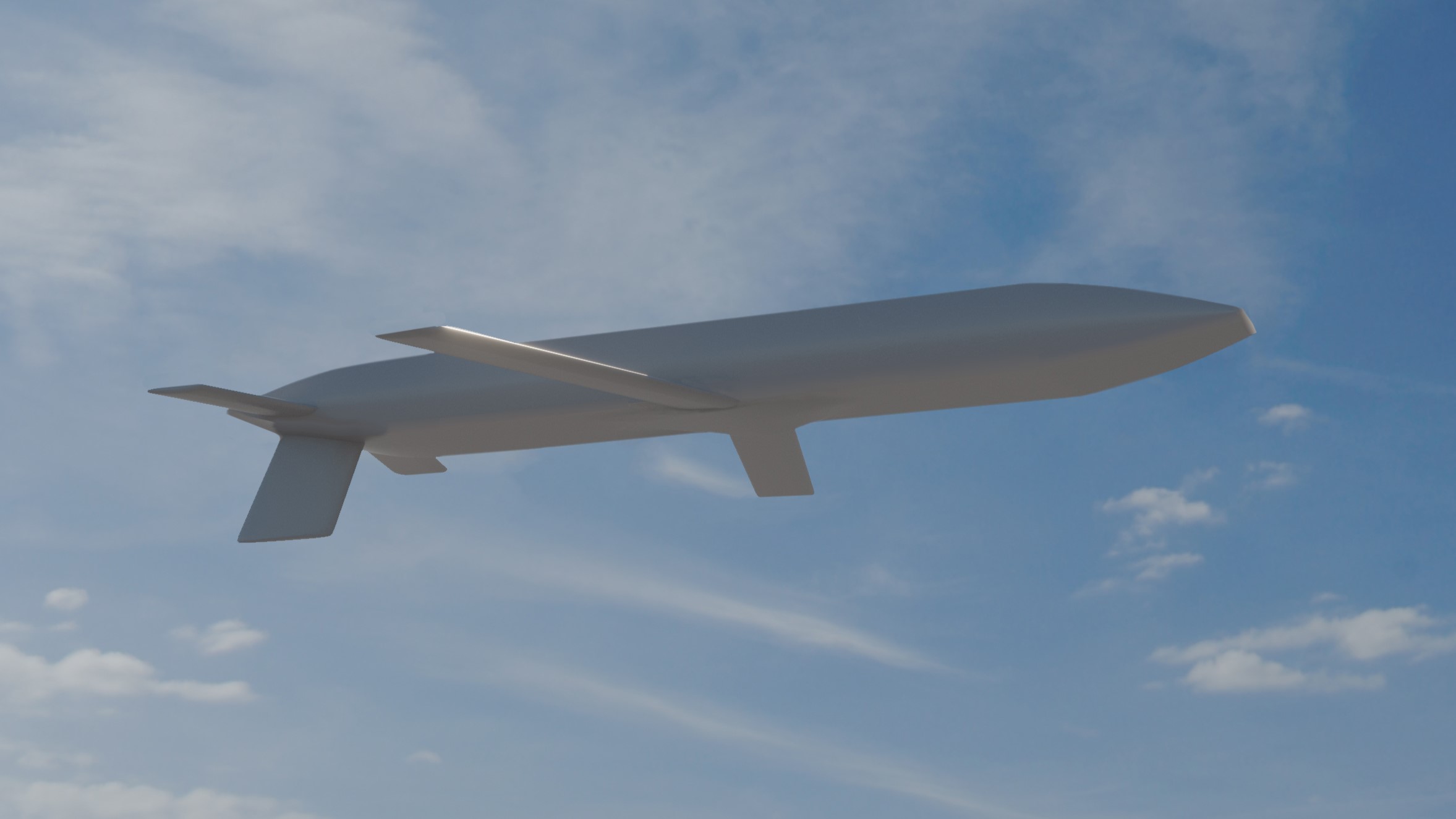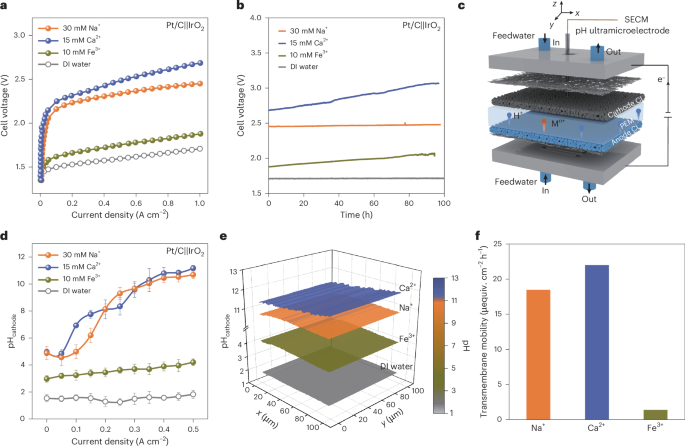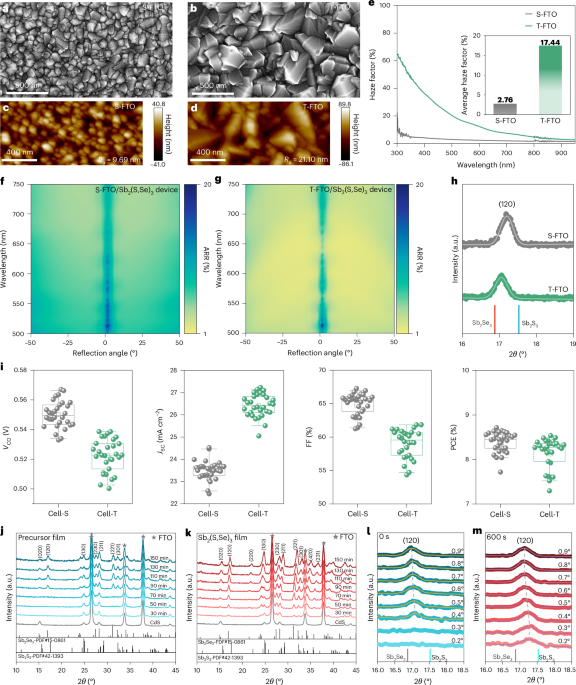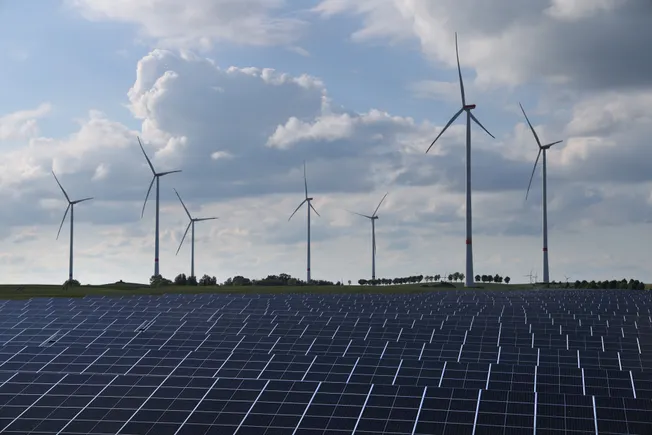Sharp slowdown in intermodal rail a warning for H2: AAR
Carload freight showed solid growth in May, but a marked decline in containers and trailers signals caution for the second half of this year. The post Sharp slowdown in intermodal rail a warning for H2: AAR appeared first on FreightWaves.

In May, U.S. rail freight volumes offered a complex picture of both resilience and caution within the industry.
Total U.S. rail carloads increased by 5.9% compared to the previous year, according to a monthly update from the Association of American Railroads, marking a slight decline from April’s growth of 6.2%. This upward trajectory was propelled by gains across 13 out of 20 carload commodity categories, suggesting a broad-based improvement in demand within various industrial sectors. Weekly carload originations hovered around an average of 224,000, just shy of the figures recorded in March and April, reflecting a stable flow of carloads across the nation.
However, the intermodal sector, which encompasses containers and trailers, presented a more subdued picture.
With marginal growth of just 0.6% year over year, intermodal traffic marked its weakest percentage increase in the past 21 months. This sluggish performance can be attributed to declines in port activities and a cooling global trade atmosphere, resulting in noticeably lower import volumes. The closing weeks of May saw an intermodal decline of approximately 1.5% to 1.8% from the previous year, hinting at caution from shippers and retailers possibly resulting in decreased inventory and import levels as consumer goods demand wanes.
Alongside these varying freight dynamics, the AAR Freight Rail Index shed 3.2% in May from April, the most significant drop in five months, underscoring broad-based softness particularly in the economically sensitive intermodal categories. This decline suggests significant challenges facing consumer goods and intermediate materials traffic.
Situating these freight dynamics within the broader economic context reveals a mixed picture.
The U.S. labor market remains relatively robust, with 139,000 new jobs added in May. However, all of this growth occurred in health care and hospitality, sectors less immediately tied to freight rail demand. The unemployment rate steadied at 4.2%, yet indicators show the labor market may merely be maintaining its current level without indicating expansive growth. Consumer spending — a bellwether for economic health — grew a meager 0.1% in April, with a notable decrease in goods spending, signaling that households are becoming more frugal in response to persisting uncertainties.
Moreover, the manufacturing sector continued its sluggish trend with the ISM Manufacturing PMI (Purchasing Managers Index) registering at 48.5%, a level below the threshold indicating growth. Ongoing stagnation in manufacturing output reflects a sector that remains idle with little sign of imminent expansion. Compounding these concerns, the service sector, a previous economic highlight, showed signs of faltering with the PMI slipping below 50%, signaling contraction.
Looking ahead to the second half of 2025, the rail industry faces uncertainty. Although strong carload growth in the coal, chemicals and grain sectors provides optimism, challenges remain. The persistence of high inventory levels, coupled with decreased consumer demand, is a key headwind that carriers must navigate. Manufacturing output and the housing market’s stagnation further cloud prospects, AAR said.
Subscribe to FreightWaves’ Rail e-newsletter and get the latest insights on rail freight right in your inbox.
Find more articles by Stuart Chirls here.
Related coverage:
Greenbrier: Elevating rail safety standards with state-of-the-art training
Predicting the unpredictable for intermodal
Regional Rail expands shortline roster, acquires Minnesota Commercial
How freight rail fueled a new luxury overnight train startup
The post Sharp slowdown in intermodal rail a warning for H2: AAR appeared first on FreightWaves.





















































































































































